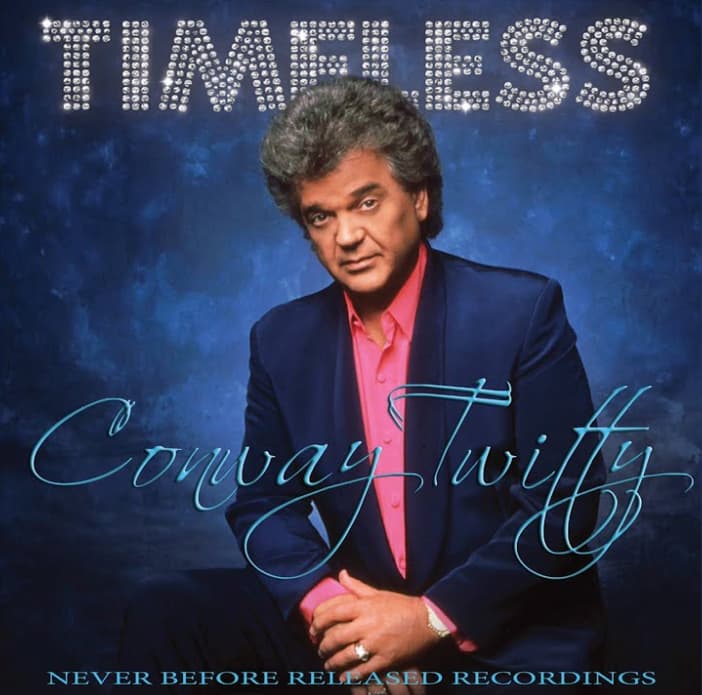
The story of a man who, through his own actions, destroyed the innocence of the woman he loved, leaving her lost and adrift.
In the vast, echoing canyons of classic country music, certain voices stand as monumental pillars, their sound instantly recognizable and their stories woven into the very fabric of American aural history. Conway Twitty was one of these giants. He possessed a voice that was less a simple instrument and more a velvet-covered sledgehammer—capable of delivering the most tender of sentiments with a force that left no heart untouched. His stage persona was one of quiet intensity, a man who could sing a song of deep, aching sorrow and make you believe he lived every single word of it. And in 1968, as his career was truly blossoming into the country music legend we remember today, he released a song that perfectly captured this unique blend of vulnerability and gritty emotional truth: “The Image of Me.”
Released in February 1968 from the album Here’s Conway Twitty, the song was a pivotal moment in his career. It found its home on the charts, climbing to a respectable #5 in the U.S. and an even more impressive #2 in Canada. But chart numbers, for a song like this, are only a footnote. The true measure of its impact is in the profound, somber narrative it so eloquently unpacks. Written by the masterful Wayne Kemp, the song is a brutal, self-aware confession. It’s not a tale of a jilted lover or a heartbroken man—it’s a story told from the perspective of the very person who caused the heartbreak. The narrator watches from a distance as a woman he once knew, and once loved, “drinks and talks just a little too loud.” She is the “life of the party,” a facade of joy masking an internal devastation.
This wasn’t a casual fling; this was a fundamental corruption of a once-pure spirit. He remembers her as “simple and old-fashioned,” a woman he “dragged down” with his selfish ways. The most gut-wrenching line of the entire song, and the one that defines its entire meaning, is the admission that he “made her the image of me.” It’s a moment of chilling realization. He didn’t just break her heart; he broke her very being, molding her into a funhouse mirror reflection of his own cynical, broken self. He sees all his own faults and vices—the drinking, the loud talking, the desperate need for distraction—mirrored in her tragic new persona. It is a haunting reflection on the ripple effects of one’s actions, and the lasting, often unseen, damage they can inflict on others.
For those of us who came of age with this music, the song feels like a familiar, melancholic ghost. It’s a reminder of a time when songs were not afraid to dive into the darkest corners of human emotion. Conway Twitty didn’t need to shout or be flamboyant. His power lay in the quiet, almost resigned delivery, as if this confession was a burden he’d been carrying for years. This song, with its somber acoustic melody and lyrical gravitas, stands as a testament to the art of storytelling in country music. It reminds us that behind every neon-lit honky-tonk and every smiling face, there’s often a story of quiet devastation, a reflection in a broken mirror that we can’t bear to look away from.